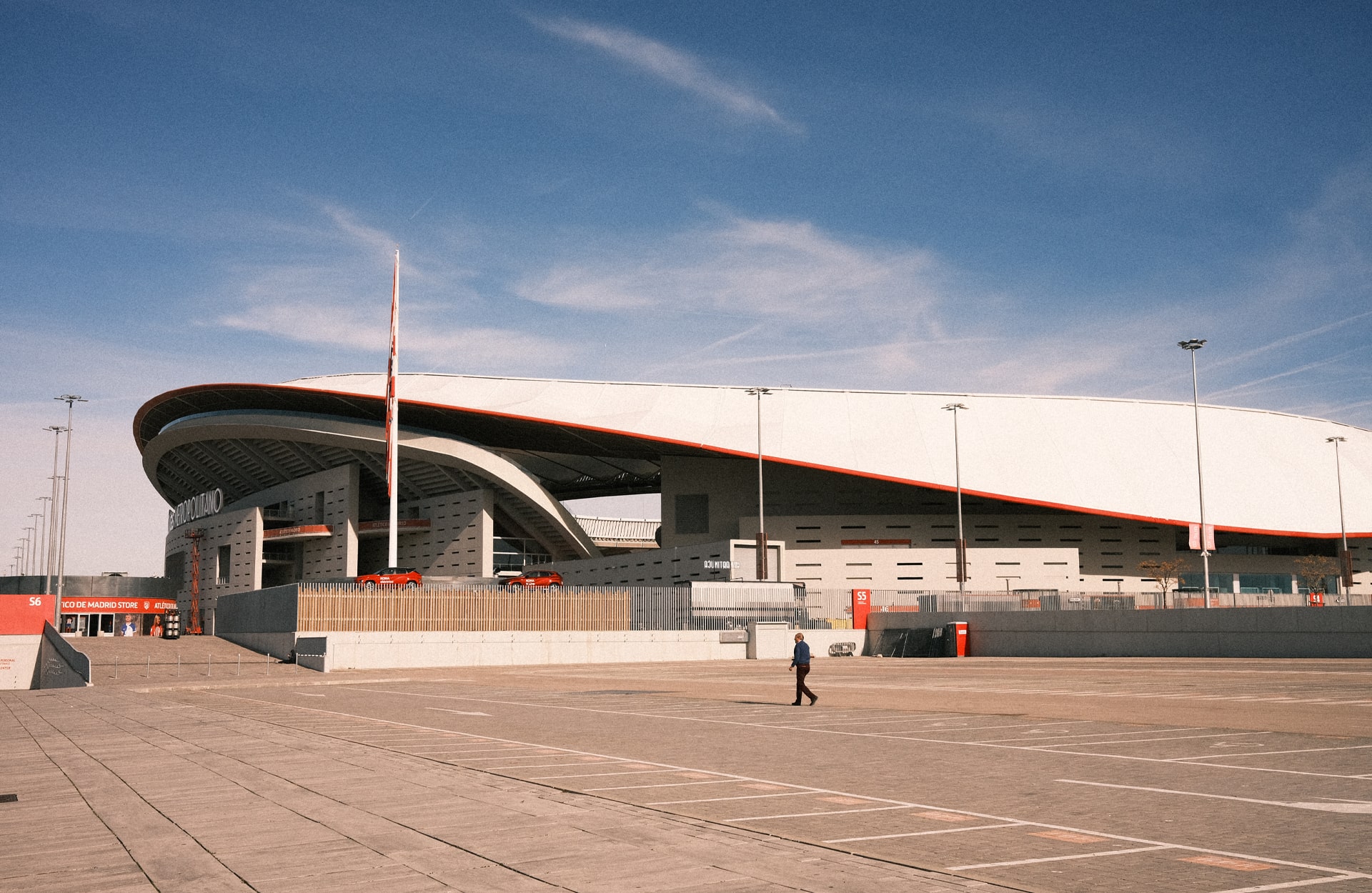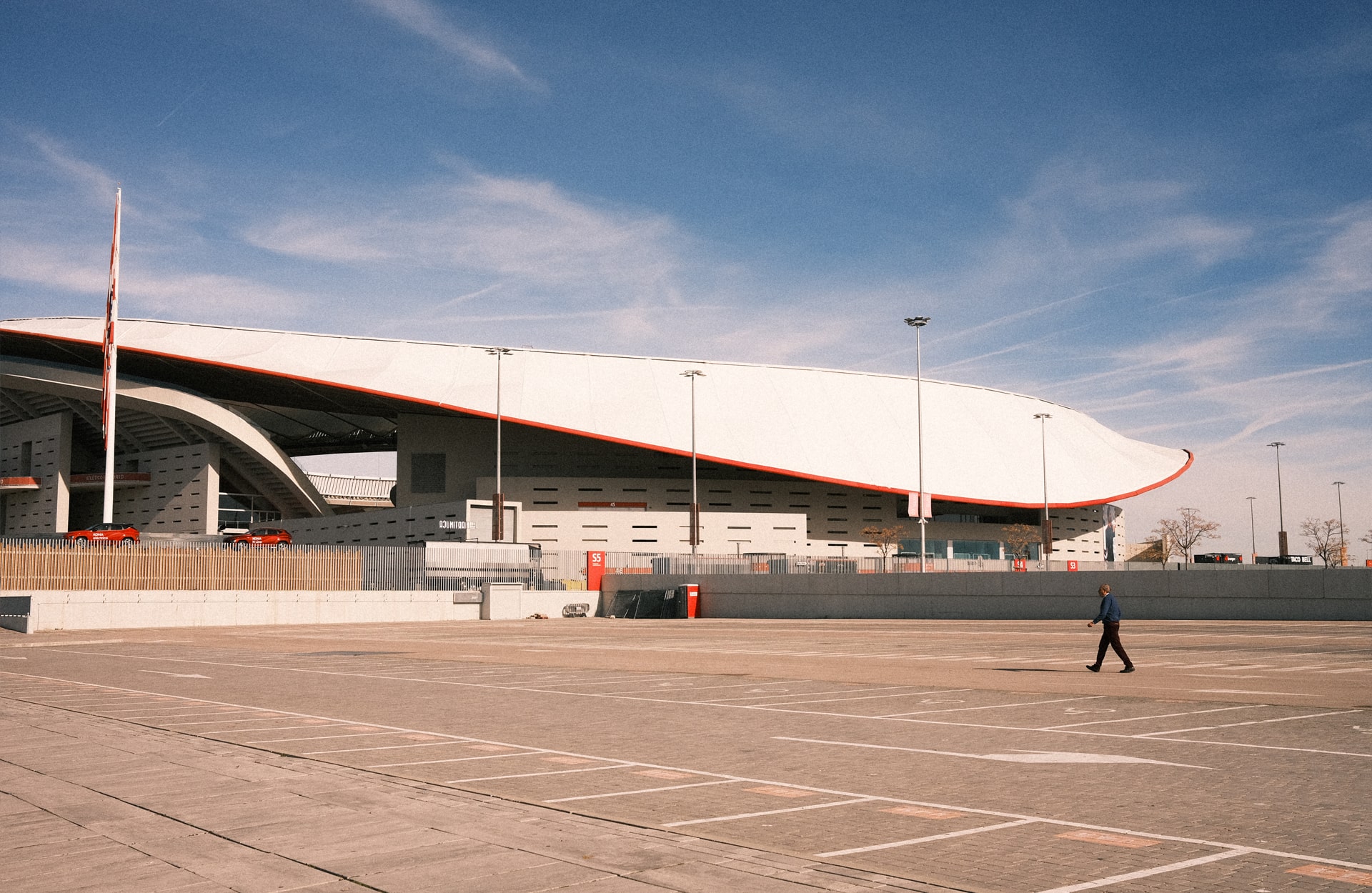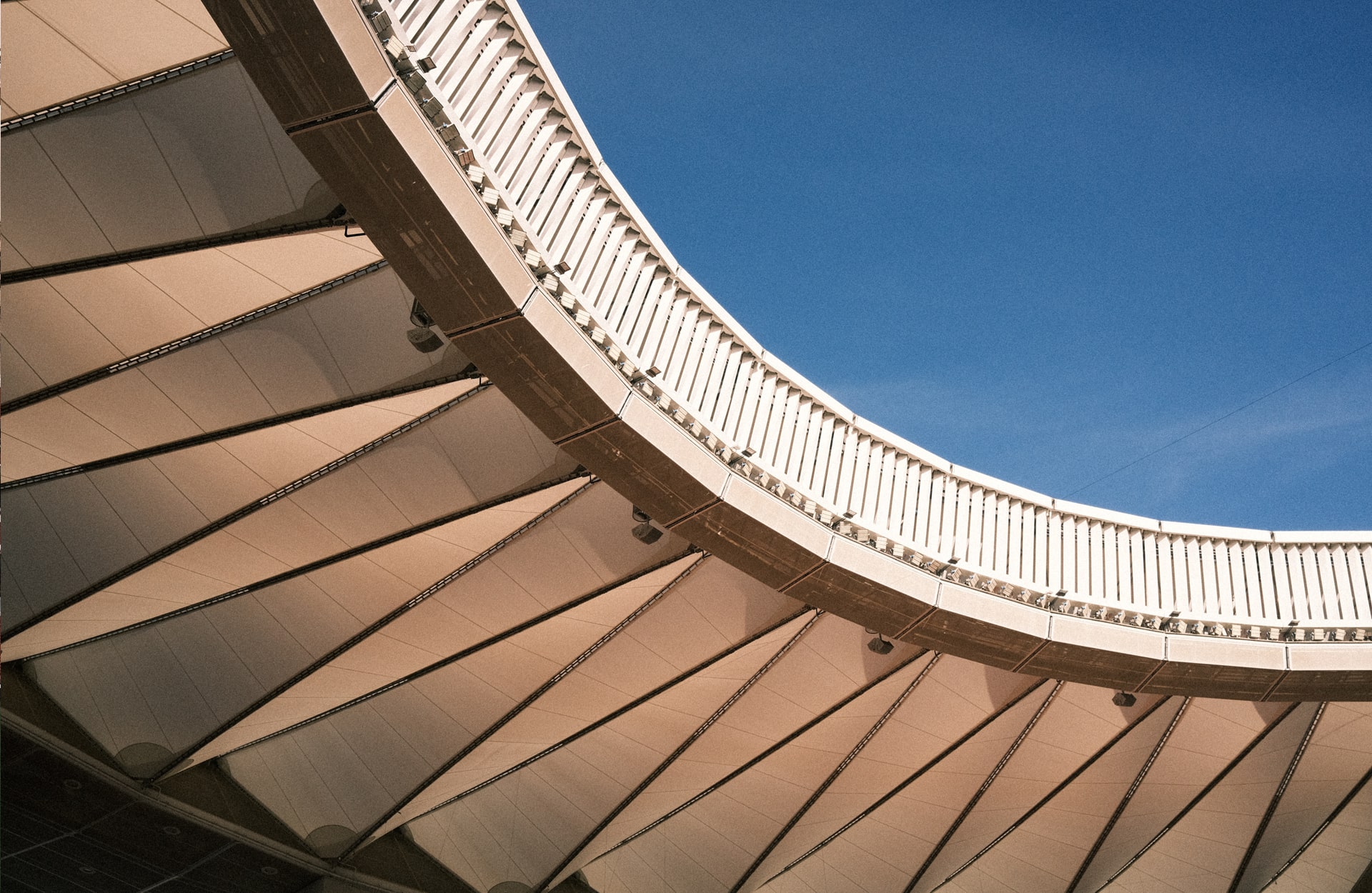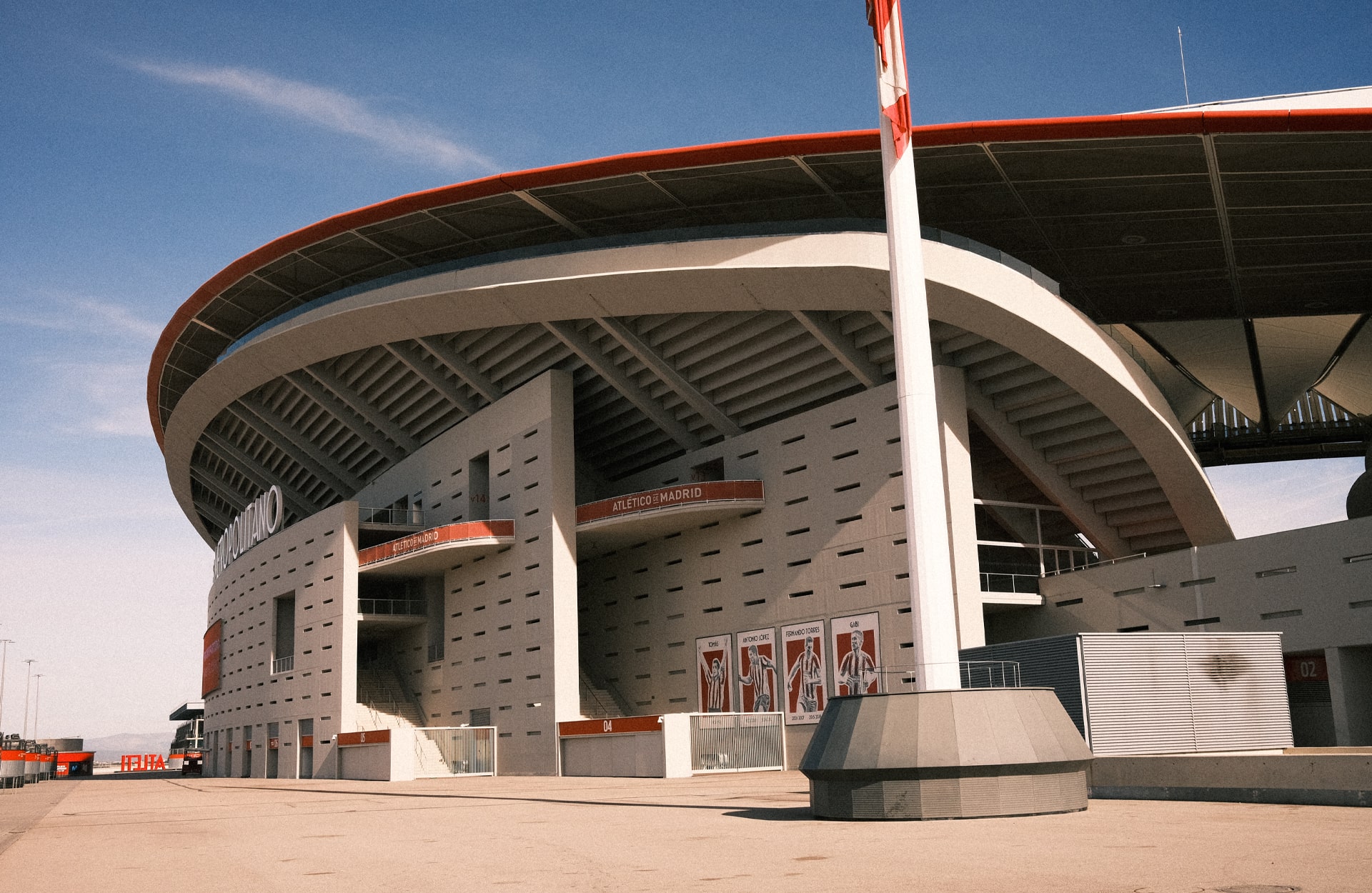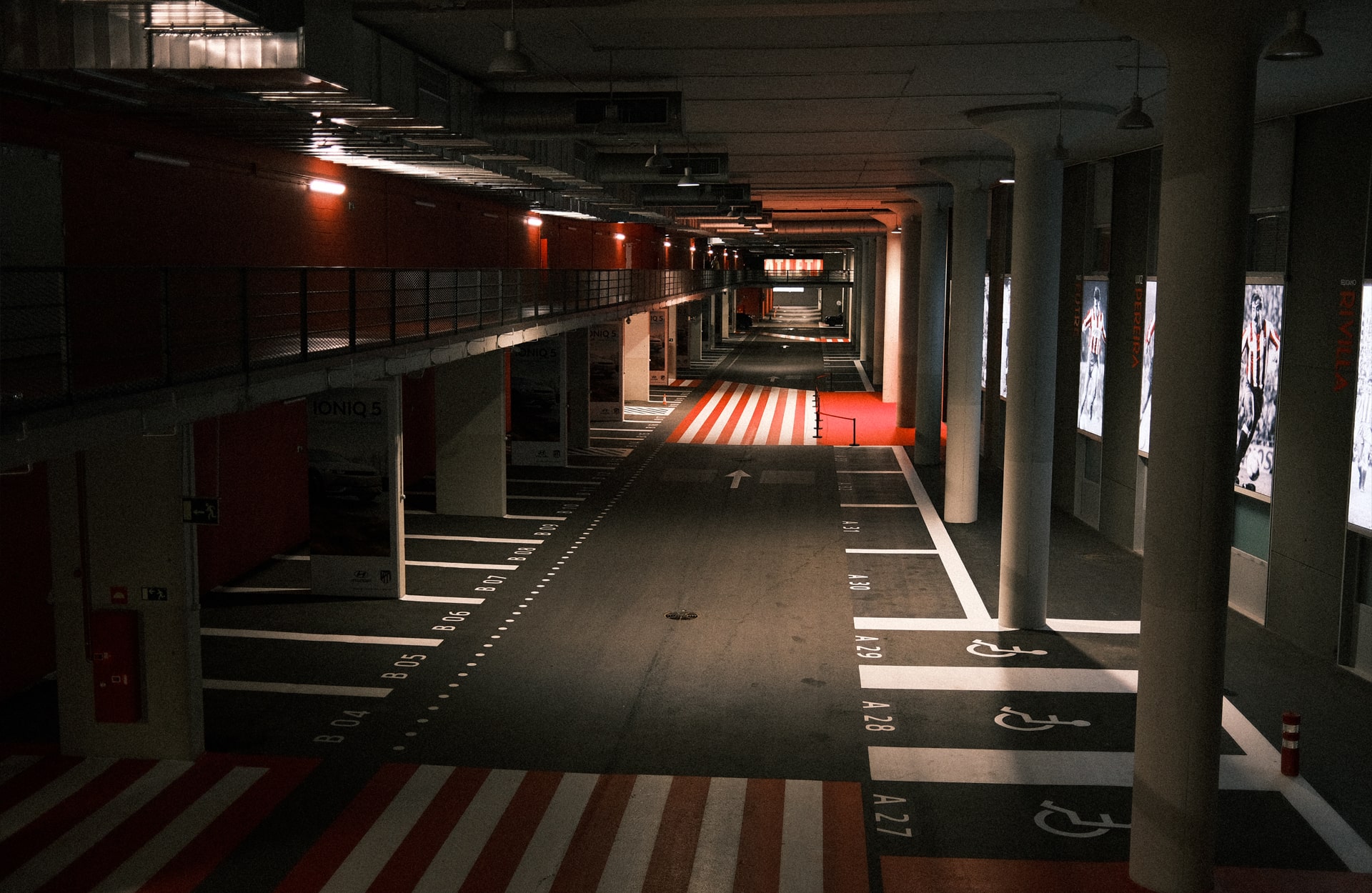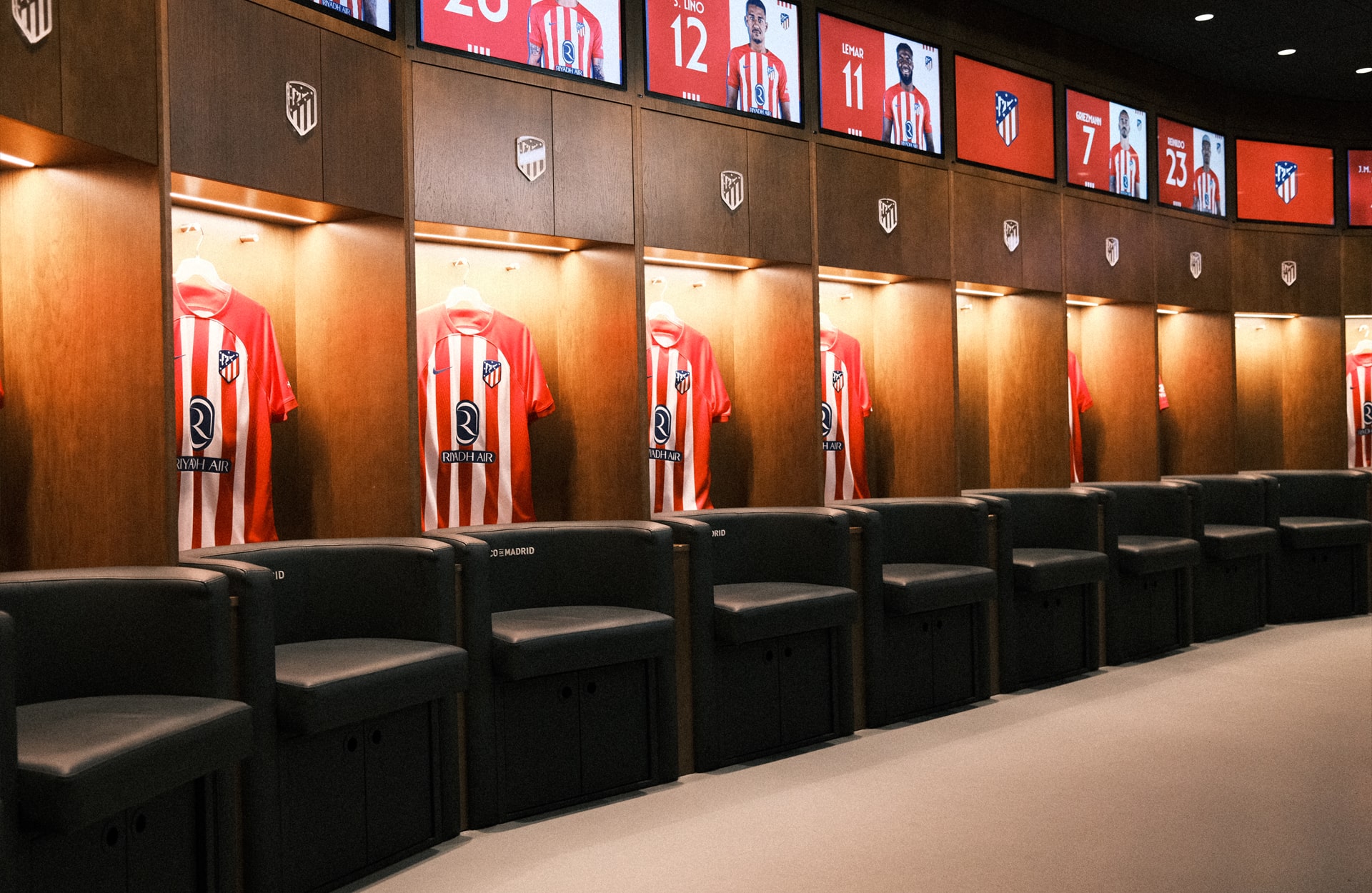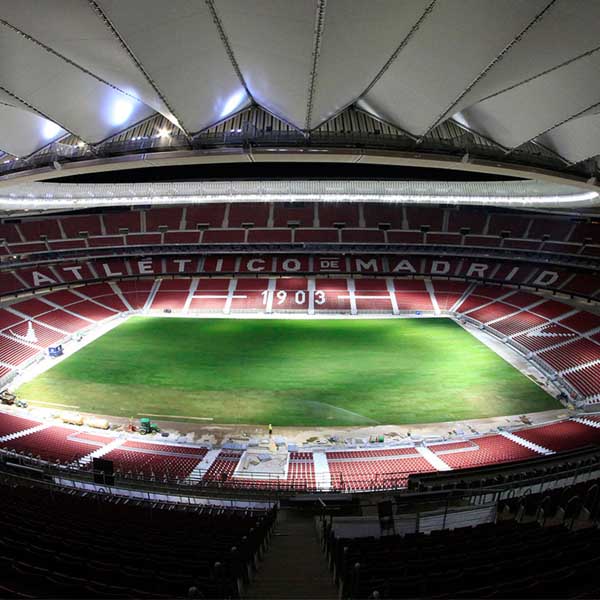When you talk about some of the great stadiums in Europe, the Cívitas Metropolitano has got to be in the conversation. A history of disappointments prior to the current occupants, Atletico Madrid, taking up residence, after which it has become home of one of the fiercest teams on the continent. Now, it’s in focus as part of our ‘Residence’ series.
Following up the iconic Estadio Vicente Calderon was always going to be a tall order. But when that stadium didn’t offer up opportunity for expansion and modernisation, being enclosed by a river and a motorway on one side and residential buildings on the other, other alternatives had to be considered. And so attention turned to the Metropolitano Stadium, which was originally built as part of Madrid's unsuccessful bid to host the 1997 World Athletics Championships, and was opened on 6 September 1994 by the Community of Madrid. It was closed in 2004 due to the city's unsuccessful bid for the 2016 Olympics and in 2013 it passed into the possession of Atlético Madrid, and following some extensive renovations, it reopened in September 2017.
The stadium had a capacity of 20,000 spectators upon its closure in 2004 and re-opened with a seating capacity of 68,456 after renovation. By September 2023, this had been adjusted to a capacity of 70,460.
Located in Madrid’s northeast area, next to the M-40, Adolfo Suárez Barajas Airport and IFEMA, the club decided to prioritise spaciousness, comfort, and safety of the fans during plans for renovations, instead of having a larger capacity.
Facing the west façade is the Walk of Legends, a tribute to players who have played 100 or more official matches with our club.
In the southwest area of the stadium, a red and white flag pays homage to the club’s fans. The flag is 338 square meters, the biggest in Spain. Nearby, fans will find a block text reading ‘Coraje y Corazón’, an iconic place to take photos.
The Cívitas Metropolitano’s roof consists of a 46,500 square meters of fibreglass and polytetrafluoroethylene surface, placed at a maximum level of 57 meters on the pitch. The structure is isn’t horizontal, and is responsible for providing that iconic wave-like look.
The new facility opened to the public on 16 September, 2017, when Atlético faced Málaga in LaLiga.
The stadium hosted the UEFA Champions League Final in 2019.
With ‘Metropolitano’, Atlético recovers the name of the stadium that the club played in before moving to the Vicente Calderón.
You can find more info on the Cívitas Metropolitano here.
Photography by SoccerBible.
